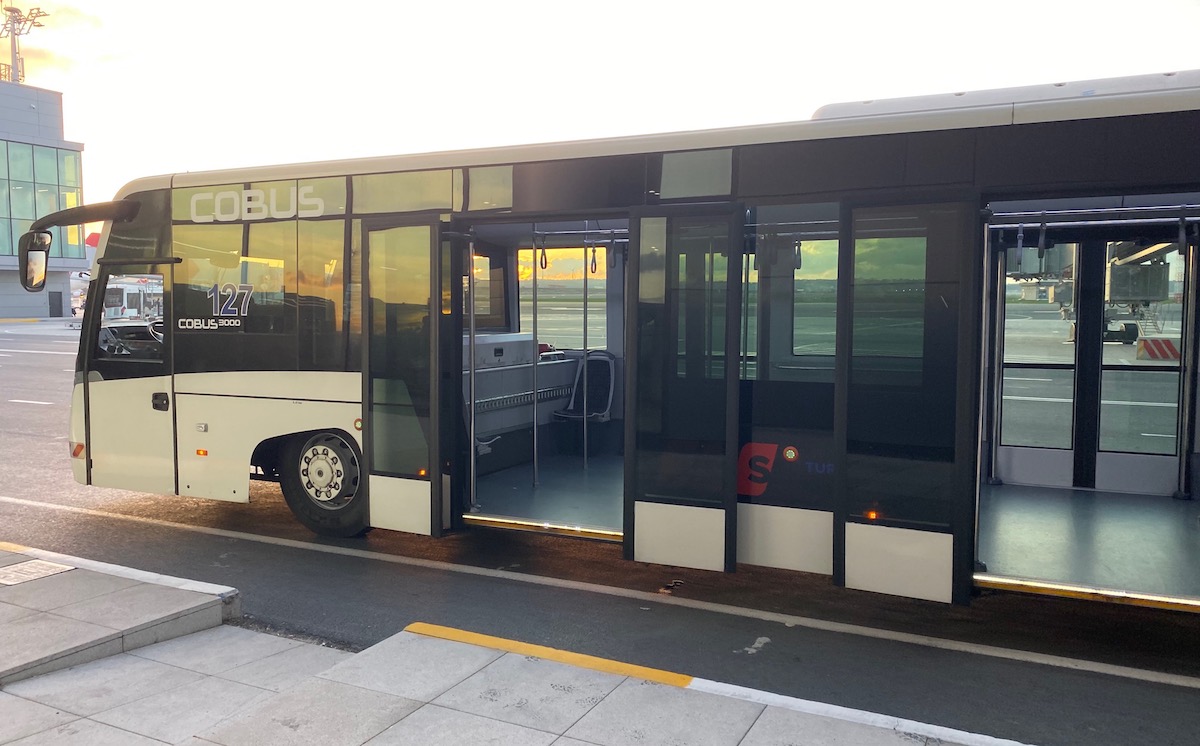^ Exactly. It also sounds like splitting out airport traffic from Seaport-local traffic is called for -- allowing for rolling stock that is a better fit for the two kinds of journeys.
Keep SL2, SL3 and SLW in the Transitway. Reroute SL1 into an express surface route:
1) Put separated bus lanes on Congress Street with robust signal prioritization. Since this stretch is nonstop, the bus lanes could even go on the inner lanes, insulating them from snowbanks and double-parking.
2) Create a clockwise loop of bus lanes on Dorchester, Summer, Atlantic and Congress.
3) Add surface station (roofs, benches, level boarding, etc) on the
northwest corner of Atlantic and Summer. Integrate with existing Red Line headhouse to make "feel" like one station. (Ideally, the BRT platform would be on the other side of the street, in order to be on the same side as the railroad station. That seems a lot harder to do, though, given the street layout there.)
4) In the Seaport, convert
this empty lot into an off-street bus transfer terminal into World Trade Center station for transfers to Silver Line (and Green Line). Roofs, benches, level boarding, ideally fare gates with transfers to the subway station within the fare control zone.
4a) Logan-bound buses would simply pull off of Congress into a dedicated berth, and then continue on to D Street, before getting onto the highway.
4b) Downtown-bound buses would need some finessing. In an ideal world, Downtown buses would exit the highway and turn left at the intersection of Congress and B, with a WTC stop somewhere between B and E Service Road. However, that is a pretty long distance transfer for business travelers. So, the buses turn right, directly into the off-street terminal (with a bus-only connection direct from the off-ramp). To depart, either add a bus-only T-intersection just west of the bridge, so that buses basically hook a wide counterclockwise U-turn to depart the terminal onto Congress and head toward downtown, OR have buses hook a clockwise U-turn off-street and reconfigure the intersection of B and Congress so that buses can cross from the northwest corner of the lot into their protected lane on Congress during a dedicated light cycle (see illustration below).
Service to Logan runs: South Station, World Trade Center, Logan A, Logan B1, Logan B2, Logan C, Logan E, World Trade Center, South Station.
Depending on how aggressive the South Station terminal is, you could even set up multiple berths so that buses can layover between runs. Alternatively, a layover could be set up at World Trade Center, though you'd have to deadhead from South Station in that case.
This could be branded as the Silver Line, or potentially as another part of the Logan Express.
The World Trade Center surface terminal could also serve express BRT buses from Dudley & LMA via Melnea Cass + S. Boston Bypass + W Service Rd Ext + Congress.



